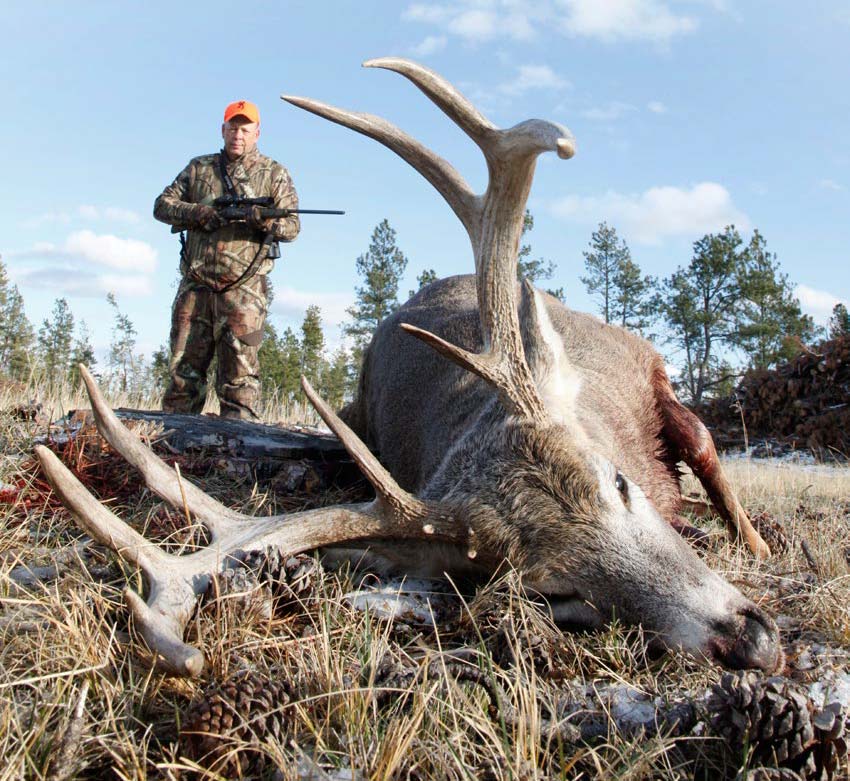
Years ago, I would consider logging my hunts in a notebook; this ended up being a drawn-out and poorly organized set of data. It wasn’t that the data was unhelpful, but it became more of a memoir than a book of statistics. For some, a chronicle of past hunts can be valuable, especially when this data relays locations, times and weather. But the data in a memoir isn’t searchable, and for some that’s completely acceptable. If you take nothing from this article remember that some of the finest deer hunters focus on the when’s and whys of the hunt and that includes a host of data that it most often tied to observation and harvest statistics. It’s not as simple as a data came through a specific area at a specific time, but why the deer may have come through that area so its drilling down as much into data is its general habits of deer. With that said, observation, trail cameras data and records of both can provide a sum of information that will be priceless in the future.
The suggestions on data to collect provided in this article is a very highlevel perspective and when it comes to observation data, drilling down even further can make for a much better indicator of when and why to hunt certain areas. The incorporation of weather data, to include wind conditions, and tying that to a recommendation on when conditions create better harvest opportunity can push hunter confidence intervals up significant. That type of data can benefit the hunter and let them be more predictive of when and why that may or may not hunt a specific area. But with all that information, the data needs to be in a relevant form and format to can be easily understood. Data in an electronic spreadsheet can be sorted, reorganized and printed. As you may conclude so far electronic data logging is probably the most useful method if this information is going to be analyzed or shared with others.
The first hurdle for most is figuring out what data to collect, and with taking data requires dedicated time and ability to remain organized. For many hunter’s observation data may be the most important information; this requires logging each hunt. Observation data can be the best tool when combined with camera data to give some indication of the deer that are present on a property. Basic information after a hunt such as logging the date and time, the number of bucks, does and fawns observed can lead to a lengthy bit of data. The data becomes more meaningful when a calculation of the number of deer seen per hour, ratios of does to bucks for harvest purposes or fawns to doe helping to establish a recruitment percentage. The most beneficially and interesting aspect is logging this data on a spreadsheet and reviewing year to year. The goal of the yearly observation log is for future planning. The collected data will provide valuable trends in the herd and the quality of hunting. Hunters ultimately will start to evaluate stand sites for productivity based on this data (and consideration of harvest data) and help identify areas of improvement based on the analyzed data.
Summary
Accurate and reliable data provides hunters and deer managers information that is valuable for evaluating a deer herd. Growing this data to include other landowners or lessees can provide observation and harvest information that provides a bigger picture of the entire ecoregion. Ensuring that a consistent and standardized approach to collecting and evaluating the compiled observation and harvest data will without question provide better statistics and allow hunters and managers better indicators of animal health and quality hunting. The time and effort can feel significant when it comes to collecting large amounts of data, but this information can be invaluable to future hunts and experiences. As mentioned, the data can show trends and shift perspective on deer fitness and needed changes to the vegetation to include supplemental food (i.e. food plots) to ensure the herd health is paramount. The bottom line is data can indicate trends that may be both positive or negative, and as hunters and deer managers we are more able to react to these trends to make changes to the landscapes or harvest strategy to ensure future objectives are met.
By Jon Teater

